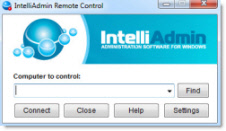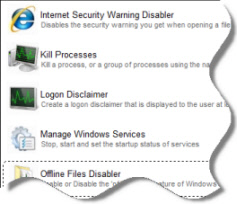Memory Address Space Limitation
Hi.
As most 32-bit Microsoft server operating-systems have been able to support up to
4 Gigabytes (2^32=4,294,967,296 bytes) of RAM, why is the 64-bit Microsoft Windows Server 2008 R2 Enterprise Edition operating-system only able to support
2 Terabytes (2^41=2,199,023,255,552 bytes) of RAM? Being a 64-bit operating system, shouldn't the Microsoft Windows Server 2008 R2 Enterprise Edition operating-system rightfully be able to support up to
16 Exabytes (2^64=18,446,744,073,709,551,616 bytes) of RAM?
Many thanks.
September 14th, 2010 10:59pm
Hi,
In Windows Server 2008 R2, a user-mode virtual address space for each 64-bit process is x64 (8TB) and Intel IPF (7TB) with IMAGE_FILE_LARGE_ADDRESS_AWARE
set. This is virtual address space. It does exceed 2TB. For physical memory limits, it is unrelated to the virtual address space. Instead, it’s mainly a consideration of real demands. Currently, the 2TB physical memory should be enough.
http://msdn.microsoft.com/en-us/library/aa366778(VS.85).aspx
Best Regards,
Vincent Hu
Free Windows Admin Tool Kit Click here and download it now
September 15th, 2010 3:33am
I agree that 2TB of RAM should be sufficient for almost any purpose, and my question is about RAM, not virtual address-space. But I would like to know what is the technical limit (is it 16 exabytes?) in the Microsoft Windows
Server 2008 R2 Enterprise Edition operating-system for Random Access Memory, not the practical limit using current hardware. A 64-bit operating-system
should be able to support 18,446,744,073,709,551,616 bytes of RAM...
September 19th, 2010 2:54am
Hi,
because 2TB is the largest RAM we’ve tested and the largest you can get on a top end super-server.
By the way, 2TB of enterprise class memory will cost you a quarter of a million dollars.
Best Regards,
Vincent Hu
Free Windows Admin Tool Kit Click here and download it now
September 20th, 2010 4:57am


